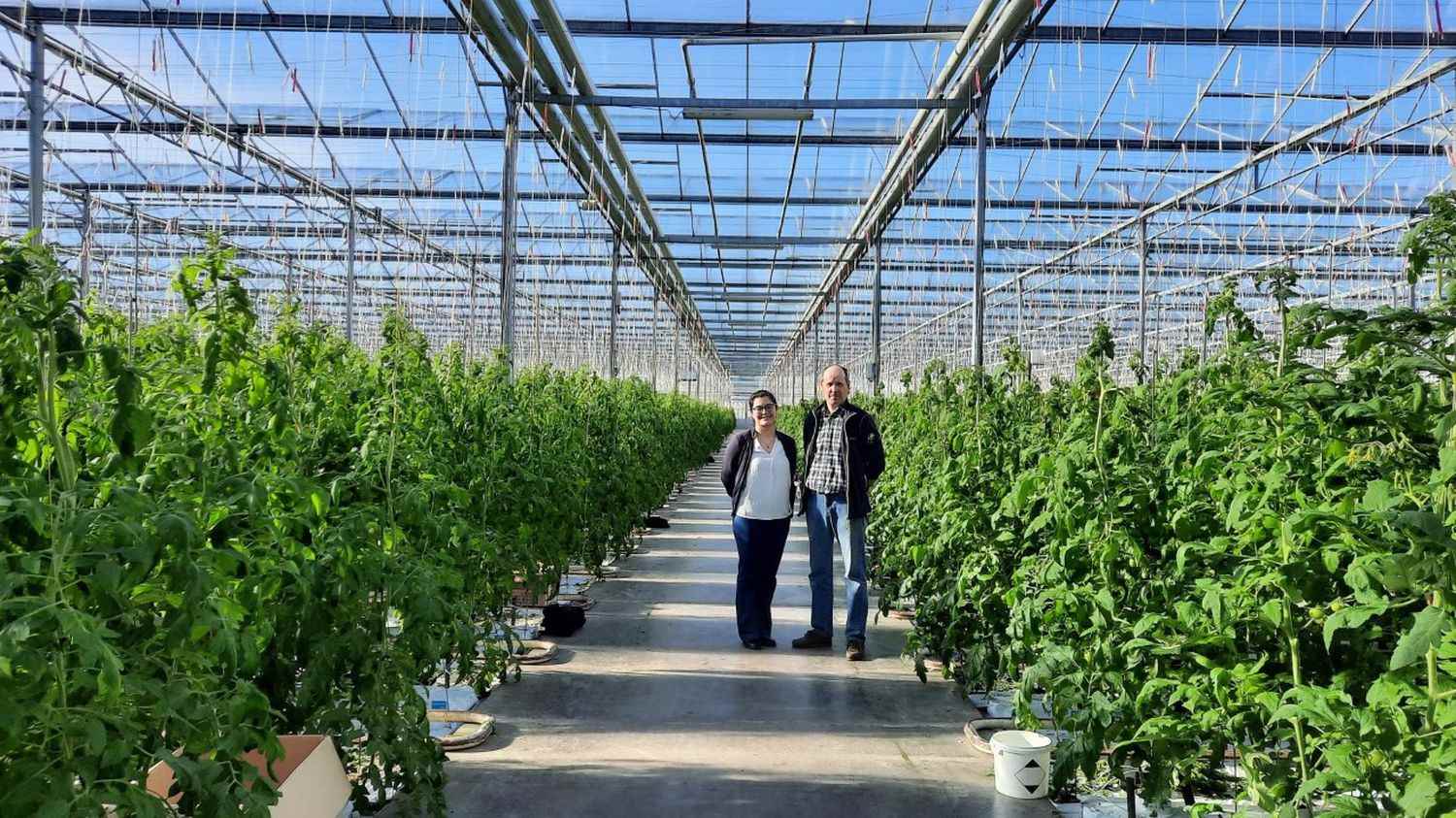Despite rising energy costs, farmers continue to grow tomatoes in heated, energy-intensive greenhouses.
Will there be tomatoes from March? Does heated greenhouse cultivation, which consumes a lot of gas, still have a future? In Brittany, many market gardeners have started growing tomatoes in heated greenhouses in recent years. Planted at Christmas, the first fruits arrive on the shelves at the beginning of March, and they will arrive again this year 2023 thanks to drastic savings or thanks to innovations.
>> Agriculture: methanizer, new technologies… how breeders are coping with the energy crisis
Crucial heating for Dominique Picard’s three hectares of tomatoes. The temperature in the greenhouse should be 16 to 17°C on average and never below 12°C. Every kilowatt-hour saved is therefore vital.
“In the past, we always expected around 30% of the charges in terms of heating costs. Today, we can reach around 50, 60 or 70%.”
Dominique Picard, farmerat franceinfo
The cogeneration boiler is the first source of savings: “We burn gas and we produce two energies which are electricity, resold on the network, and heat which will be used to heat the greenhouses”explains the farmer. “We recover the CO2 and reinject it into the greenhouse to improve photosynthesis. If we don’t add CO2, the performance of photosynthesis takes a hit.” The greenhouse is protected at night by huge canvases which keep in the heat of the day. “The thermal screen allows us today to make savings of around 43-45% compared to a greenhouse that is not equipped with it”, emphasizes Dominique Picard. The greenhouse is also powered by solar panels, while rainwater provides half of the necessary watering.
“The sector is in transition”
If all these devices have so far made it possible to continue to produce tomatoes at a reasonable cost, producers would like to no longer depend on gas prices. Charlène Richard-Breyne, head of the energy division of the Prince de Bretagne Producers Group, assures that “the sector is already in transition”. According to her, 10 to 15% of Prince de Bretagne’s market gardening farms use renewable energy.
“Some recover the heat from a waste incinerator on the territory. We are also on geothermal studies. And then, why not hydrogen, ten years?”
Charlène Richard-Breyne, head of the energy division of the Prince de Bretagne Producers’ Groupat franceinfo
Some had even anticipated this transition. Shortly before the energy crisis, Simon Le Coz switched to 100% wood heating for his three hectares of greenhouse tomatoes: “I work with recycled wood. The advantage is that it’s more stable. I know where I’m going tomorrow.” Its constant cost boiler also involves some constraints: “We are on an installation that is much more complex than a gas boiler installation. We have standards and things to respect in terms of the environment, particularly in terms of emissions.”
The ultimate source of savings would be to delay production for a few weeks, but with the inconvenience of abandoning the market to foreign competition.
The cultivation of tomatoes in heated greenhouses in the midst of the energy and climate crisis: report by Alain Gastal
listen
